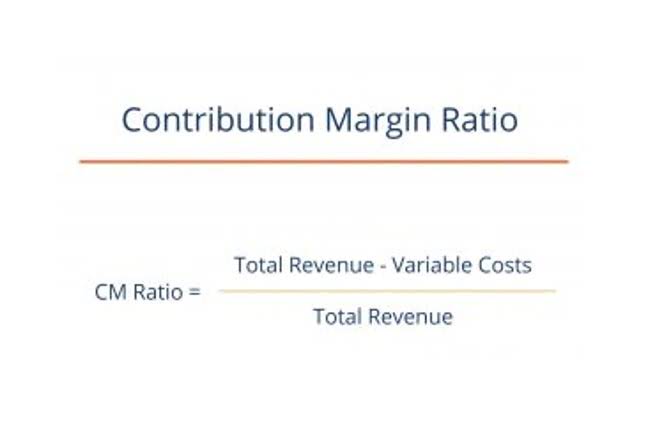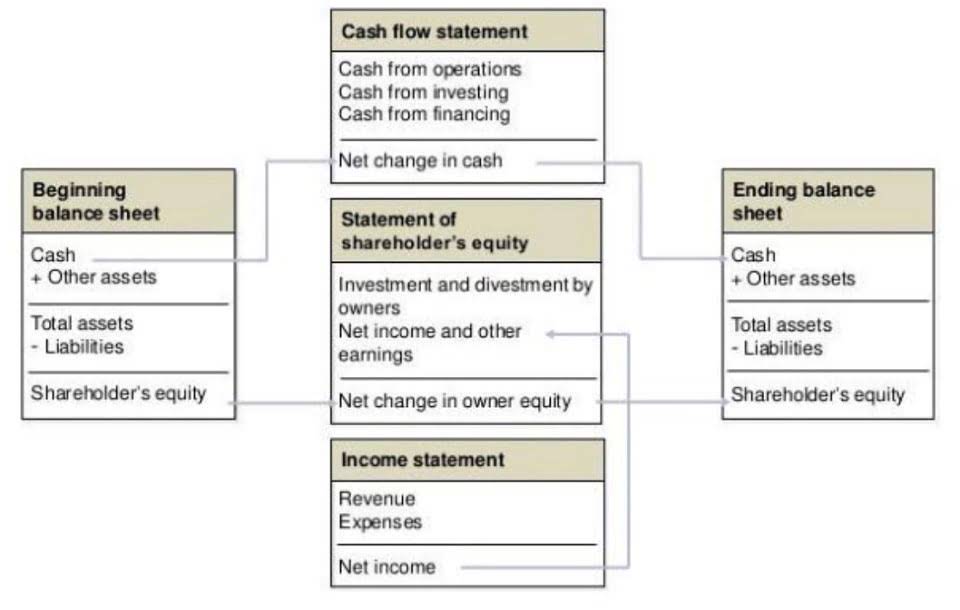
If, say, the machine is purchased on 1st October and the year ends on 31st March, the depreciation will be charged only for a 6 month period. With this accelerated method, the numbers of years are first added together to determine the denominator of the depreciation rate. There are four other widely-accepted depreciation methods or formulas. The most widely-used method is Straight-Line depreciation, which depreciates the same amount of money each year and is relatively easy to use.
Is depreciation a debit or credit entry?
The cost of tangible assets is spread over a period of time according to their useful life. A depreciation journal entry is important because it helps businesses adhere to the matching principle and the accounting standards. When a fixed contribution margin asset is purchased, it is initially recorded on the balance sheet as an asset. As the asset is used over time, it begins to lose value, which is reflected in the depreciation expense. The journal entry for depreciation includes a debit to the depreciation expense account and a credit to the accumulated depreciation account.
Methods of Calculating Depreciation
In this Keynote Support tutorial, I define and explain depreciation in easy to understand terms, and provide useful examples including the journal entries involved. Most of the firms use the straight-line method for depreciation purposes. As it is easy to calculate with a constant effect on the income statement. The other methods are also used by some organizations, but their use is much lower than the first one.
Presentation in income statement and balance sheet

Example Step 1 – Electricity Expense of 1,000 is unpaid on the balance sheet date. When a customer fails to repay the amount owed it is known as a bad debt. The following paragraphs discuss how depreciation is applied in manufacturing, real estate, new technology, and capital investments. Where, Salvage Value is the estimated value of the asset at the end of its useful life.
Step 3: Calculate Depreciation Expense
It’s calculated as the original purchase price minus accumulated depreciation. In accounting, carrying cost provides a clear picture of an asset’s book value over time. In short, recording accumulated depreciation keeps your books accurate and ensures that your financial statements reflect the true value of your assets over time. The credit entry reduces the asset’s carrying amount in the balance sheet.
If we plot the depreciation expense under the real estate cash flow straight-line method against time, we will get a straight line. Depending on the frequency of depreciation calculation, the carrying amount of the asset declines in equal steps. Fixed asset accounting software can make it easier with automated depreciation schedules.
- Therefore, depreciation is recorded as an expense in the income statement to match it with the revenue generated by the asset.
- Companies need to account for the depreciation expense to adhere to the matching principle in accounting, which states that expenses should be matched with revenues.
- To better understand the process, let’s look at an example of a depreciation journal entry.
- Suppose your business purchases office furniture for SAR 45,000 on January 1.
- This is a simple machinery depreciation journal entry using the straight-line method.
- Since the oven had no salvage value, the depreciation expense for the year is simply $10,000 divided by 10 years or $1,000 per year.
Depreciation Journal Entry With Example in Tally Software
The choice of depreciation method is governed by the distribution of the economic benefit of using the asset. If most of the benefit arises in the early years then an accelerated depreciation method is best. If the benefit falls evenly over the life of the asset then the straight line depreciation method is best. These are the straight-line method, double declining balance method (DDB), Sum of the Year Digit method (SYD), and Unit of Production method.

- Journal entries for depreciation are necessary to record the decrease in the value of fixed assets over time.
- New technology companies often face a unique challenge when it comes to depreciation.
- To determine the total depreciation expense for the period, multiply the depreciation expense per unit by the number of units produced or used during that time.
- The asset’s original cost and its accumulated depreciation are credited and debited respectively to remove them from the company’s books.
- They might charge ₹4,000 in depreciation during the first year, and then a smaller amount the next year.
- Most governments have specific depreciation periods for certain asset types, special forms that must be completed, and other rules that must be followed.
In the other method of recording depreciation, an account in the name of accumulated depreciation is created. This account is used to accumulate the total depreciation throughout the life of an asset. Alternatively, depreciation expense for a period can be calculated by dividing the depreciable amount by the number of time periods.

The goal is to match journal entry for depreciation expense the cost of the asset to the revenues in the accounting periods in which the asset is being used. Depreciation accounting is crucial for keeping your financial records accurate and compliant. It helps you understand the true value of your assets, manage expenses, and plan for the future. By following the right steps and methods for creating a depreciation accounting entry, you can avoid errors and improve your financial reporting. Depreciation accounting is included under “External Financial Reporting Decisions” in Part 1 of the CMA syllabus. It is critical for valuing fixed assets and assessing periodic expenditures.

Comentarios recientes